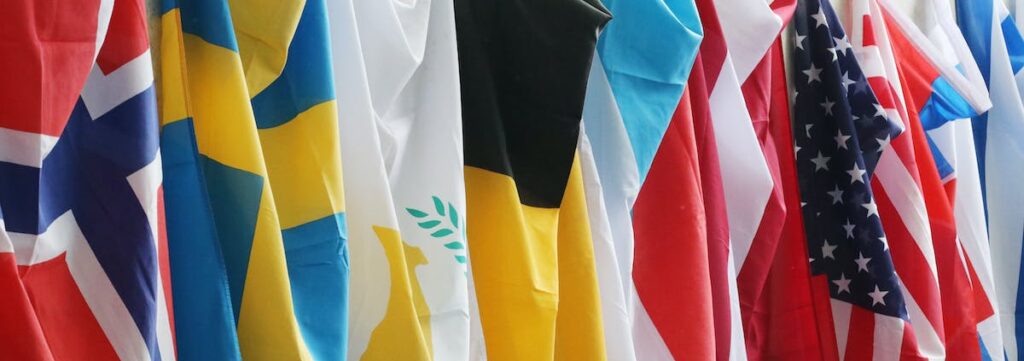
The history of national flags can be traced back to ancient times, when flags were used as symbols of identification and communication. Over time, national flags have evolved to become powerful symbols of identity and pride for countries around the world. We will explore the fascinating history of national flags and take a closer look at the 10 oldest flags in the world.
The use of flags as symbols of identity and communication dates back to at least the Bronze Age. Ancient civilizations used flags to identify military units, mark territories, and signal important events. The earliest flags were likely made of animal skins or woven materials, and featured simple designs such as stripes or basic symbols.
Religion has also played a significant role in the history of national flags. In some cases, religious symbols and iconography have been incorporated into national flags as a way of representing the dominant faith of a country or as a way of distinguishing one country from another.
The Historical Origins and Significance of National Flags
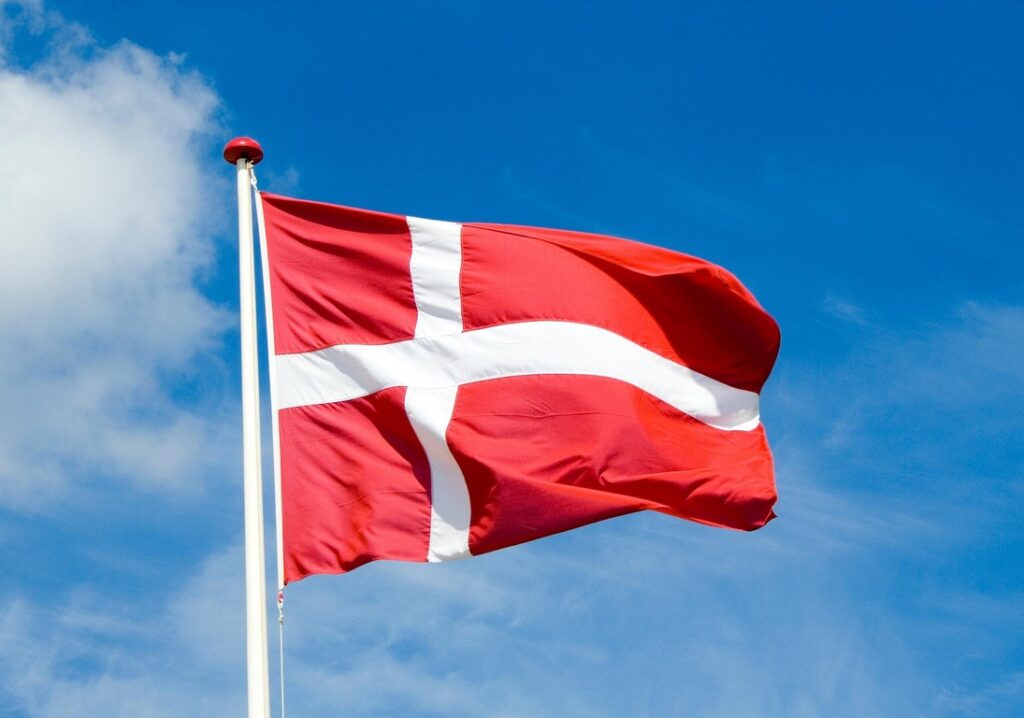
As nations and empires emerged, flags took on greater significance as symbols of statehood and sovereignty. The first documented national flag is believed to be the flag of Denmark, which dates back to the 13th century. It featured a white cross on a red background and served as a way for the Danish military to distinguish itself from other forces on the battlefield.
Over time, other nations began to adopt their own flags, often incorporating colors, symbols, and designs that were specific to their history, culture, or ideology. Some flags, such as the Union Jack of the United Kingdom, combined elements from multiple nations or regions to represent a larger political entity.
The use of national flags became even more widespread in the modern era, particularly in the wake of the French Revolution and the rise of nationalism. Flags served as a way for newly-independent nations to assert their sovereignty and identity, and were often designed to incorporate elements of the country’s history or culture.
Let’s take a closer look at the 10 oldest flags in the world
National flags have a rich history dating back centuries, and many have survived through the ages. These ten flags represent a diverse array of historical origins and cultural significance, showcasing the rich history and symbolism behind national flags.. Here are the 10 oldest national flags still in use today,
| Country | Informatiion | Flag |
| 1. Denmark | The Danish flag, known as the Dannebrog, is the oldest continuously used national flag in the world. It is believed to have been first used in the early 13th century and has been in use ever since. | 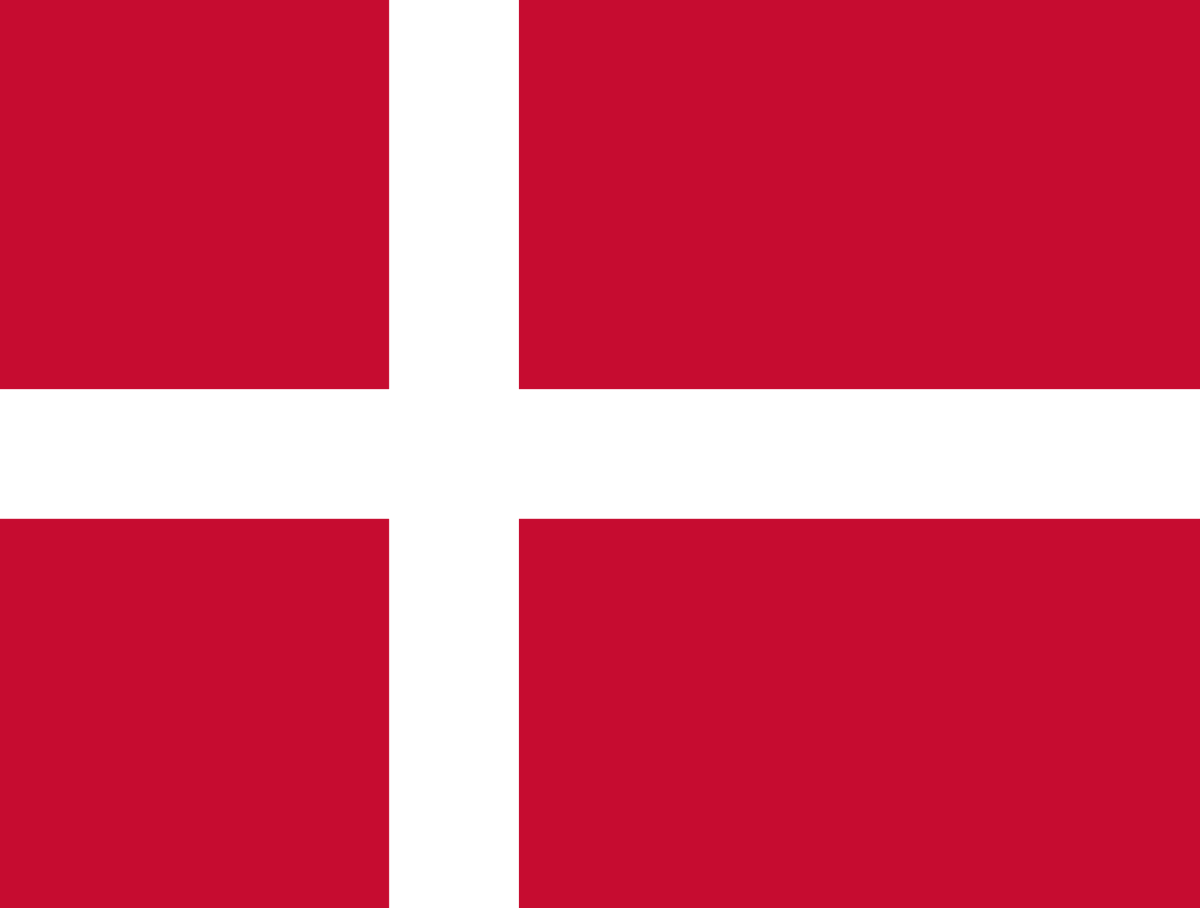 |
| 2. Scotland | The Scottish flag, known as the Saltire or St. Andrew’s Cross, dates back to the 9th century and is one of the oldest national flags still in use today. | 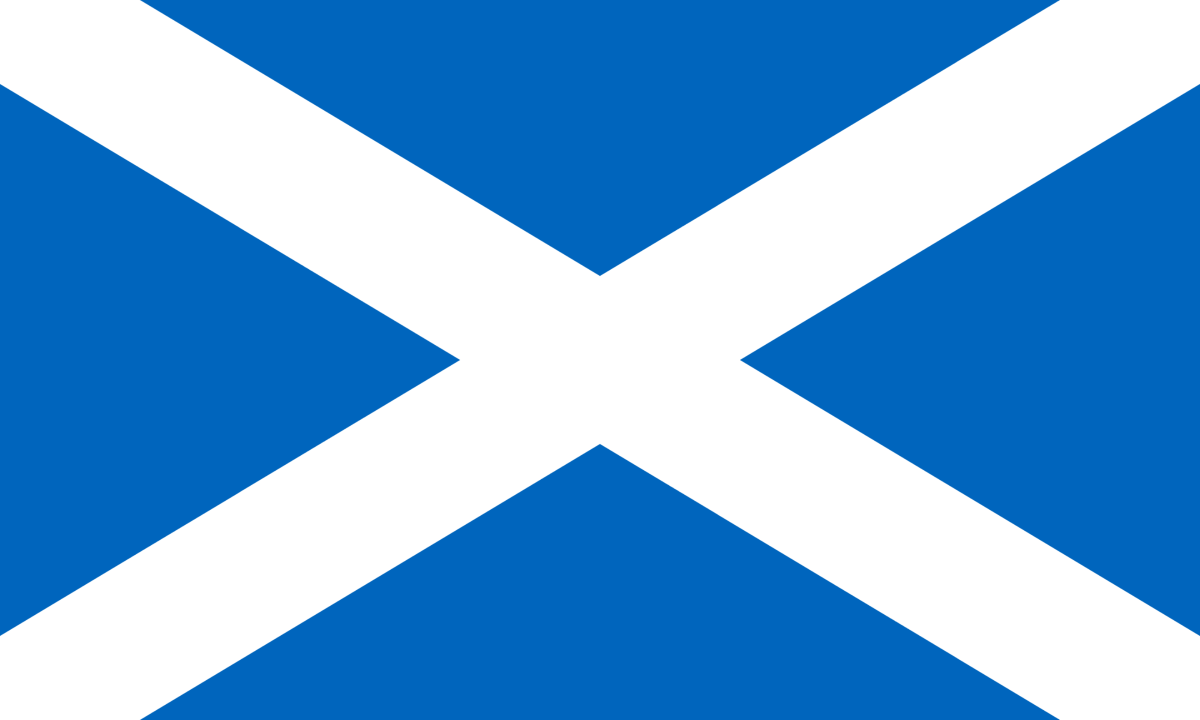 |
| 3. Japan | The Japanese flag, known as the Nisshōki or “rising sun” flag, has been used since the 7th century. It features a red circle on a white background, with the circle representing the sun. | 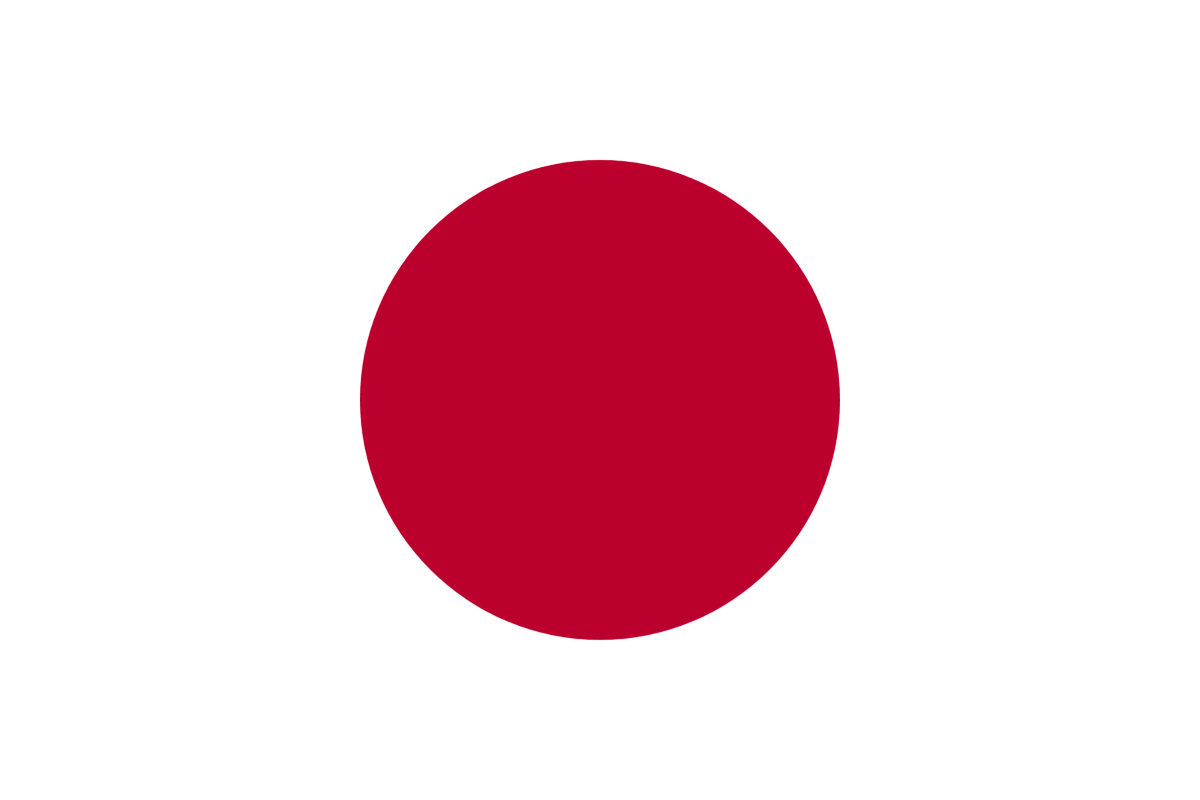 |
| 4. Portugal | The Portuguese flag, featuring a green and red shield with a coat of arms, dates back to the 12th century. The green and red colors represent hope and the blood of the Portuguese people, respectively. | 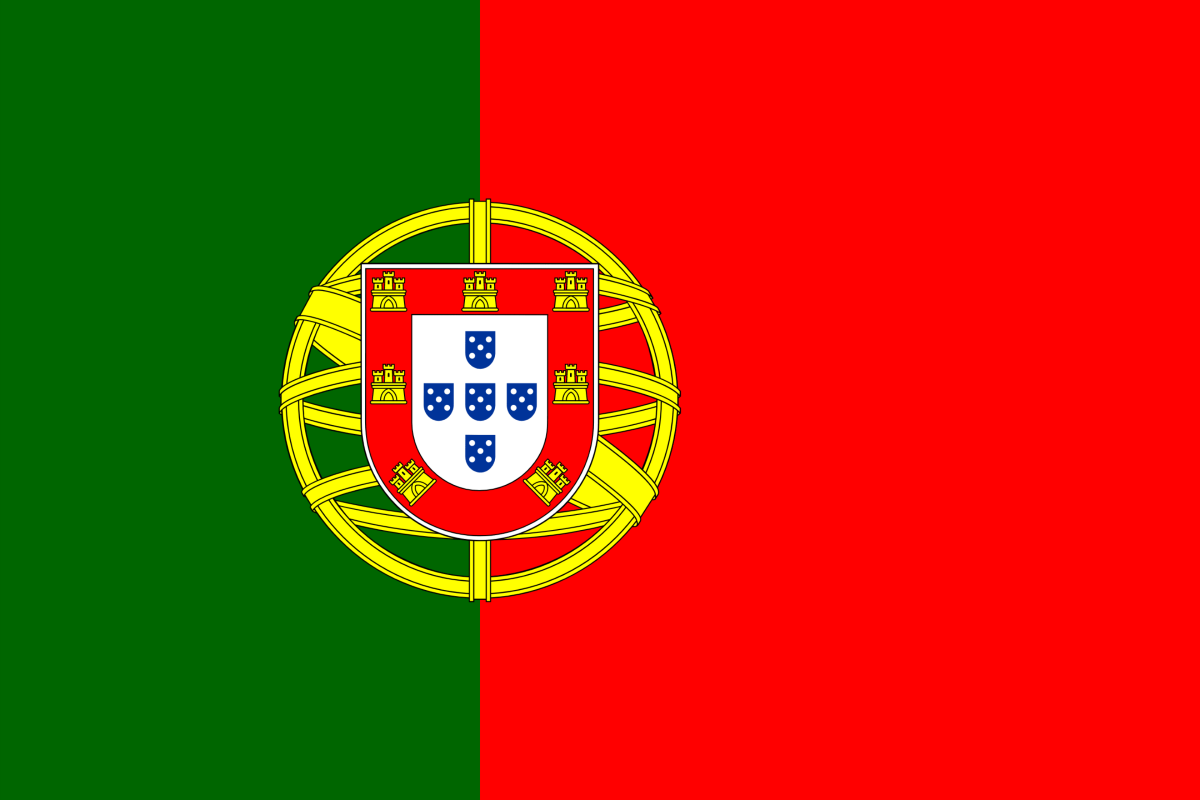 |
| 5. Austria | The Austrian flag, featuring three horizontal stripes of red, white, and red, has been in use since the 13th century. The flag’s design is attributed to Duke Leopold V of Austria, who supposedly used his tunic as a flag during a battle in the late 12th century. |  |
| 6. Switzerland | The Swiss flag, featuring a red background with a white cross, has been in use since the early 14th century. The cross is a symbol of the Christian faith and represents Switzerland’s long-standing commitment to Christianity. |  |
| 7. Netherlands | The Dutch flag, featuring horizontal stripes of red, white, and blue, has been in use since the 16th century. The red stripe represents courage, the white stripe represents purity, and the blue stripe represents loyalty. |  |
| 8. Russia | The Russian flag, featuring three horizontal stripes of white, blue, and red, has a complex history that dates back to the 17th century. However, the current design was officially adopted in 1991 after the fall of the Soviet Union. | 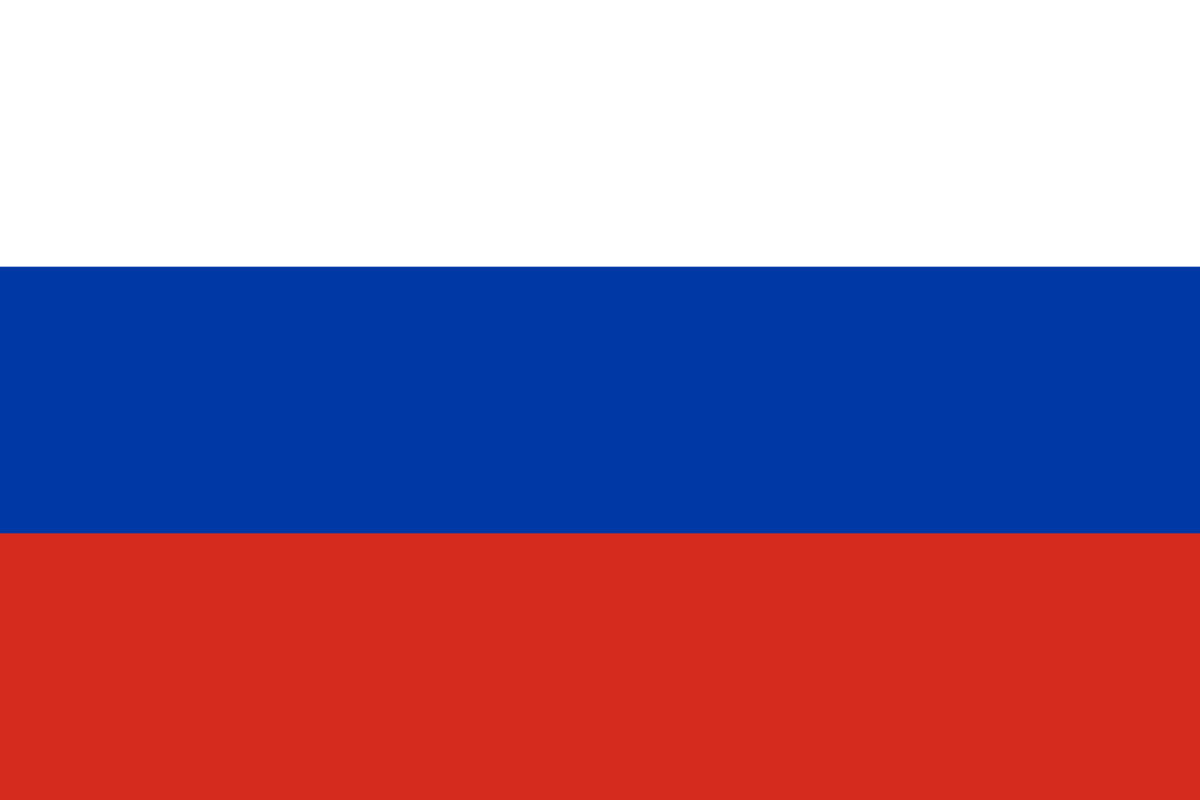 |
| 9. Sweden | The Swedish flag, featuring a yellow cross on a blue background, has been used since the 16th century. The colors and design of the flag are said to have been inspired by the Swedish coat of arms. | 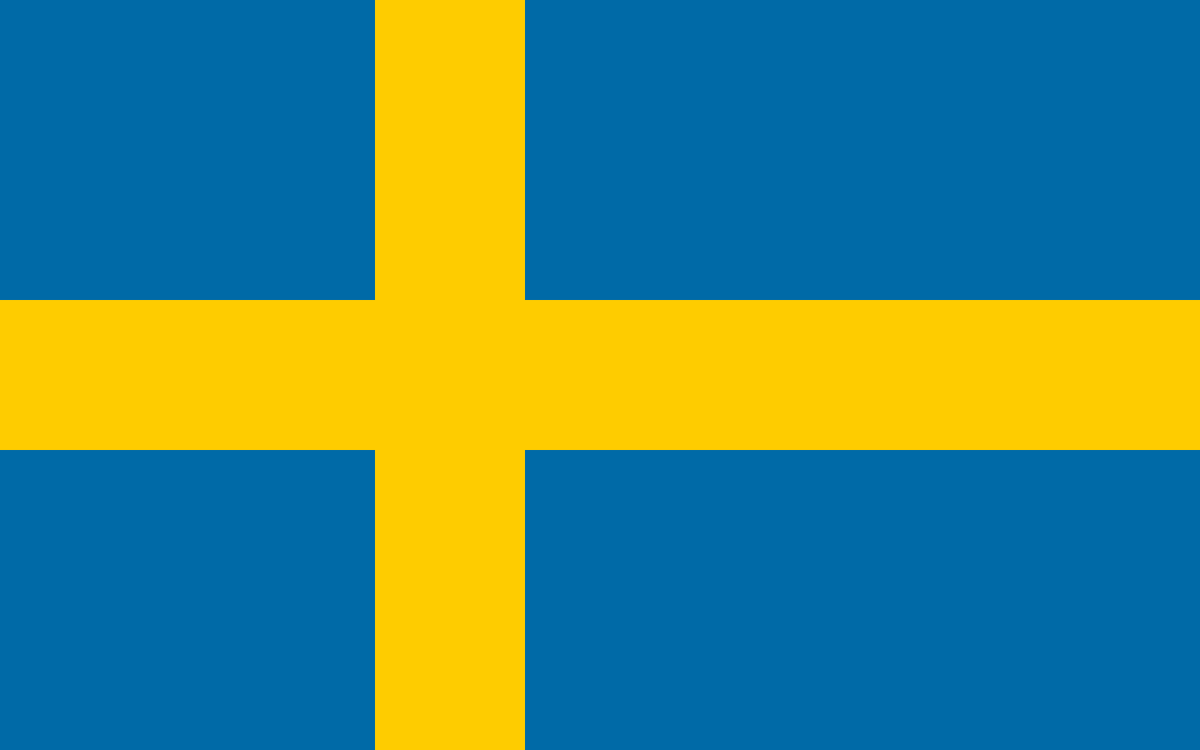 |
| 10. Albania | The Albanian flag features a two-headed eagle on a red background was officially adopted in 1912. The original use of the two-headed eagle emblem dates back centuries and is believed to have been used by the medieval Albanian ruler Gjergj Kastrioti Skanderbeg. | 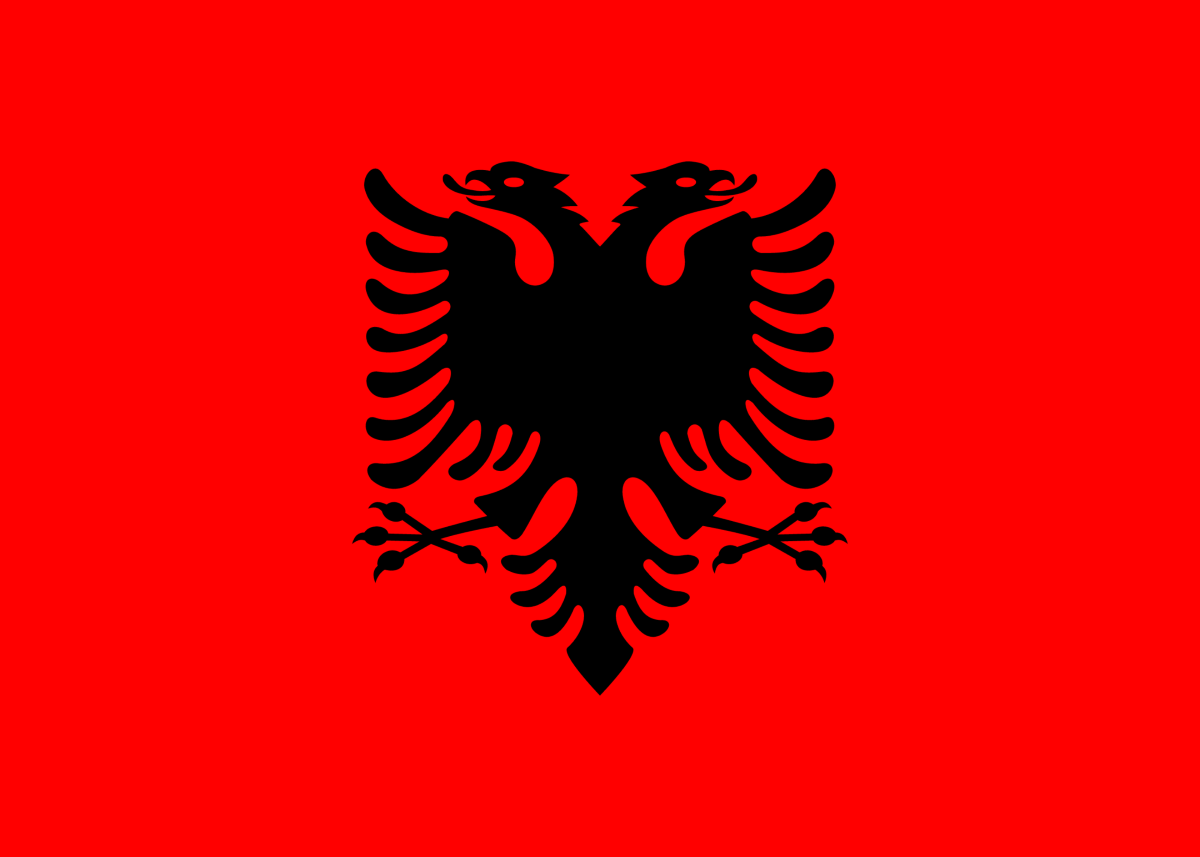 |
Note: It’s worth noting that there is some debate among historians and vexillologists (flag experts) about which flags are truly the oldest, as there may be flags that are even older than these.
Evolution of National Flags
National flags have a rich and fascinating history that dates back centuries. From ancient religious symbols to modern-day designs, each flag tells a unique story about the people and culture it represents. As we have seen, the world’s oldest flags have a rich and diverse history, with many of them originating from ancient empires or religious traditions.
Today, national flags continue to be important symbols of identity and pride for people around the world. They can be seen flying atop government buildings, sporting arenas, and homes, and are often displayed during national holidays or other important events.
Interestingly, the design of national flags continues to evolve over time, with some countries adopting new flags as their political or cultural landscape changes. For example, South Africa adopted a new flag in 1994 after the end of apartheid, which incorporated elements of the country’s diverse population and heritage.
From the oldest known flags of Denmark and Scotland to the newest national flags of South Sudan and Kosovo, each flag tells a unique story about its country’s historical origins, current identity and pride, they continue to inspire and unite people around the world today.
